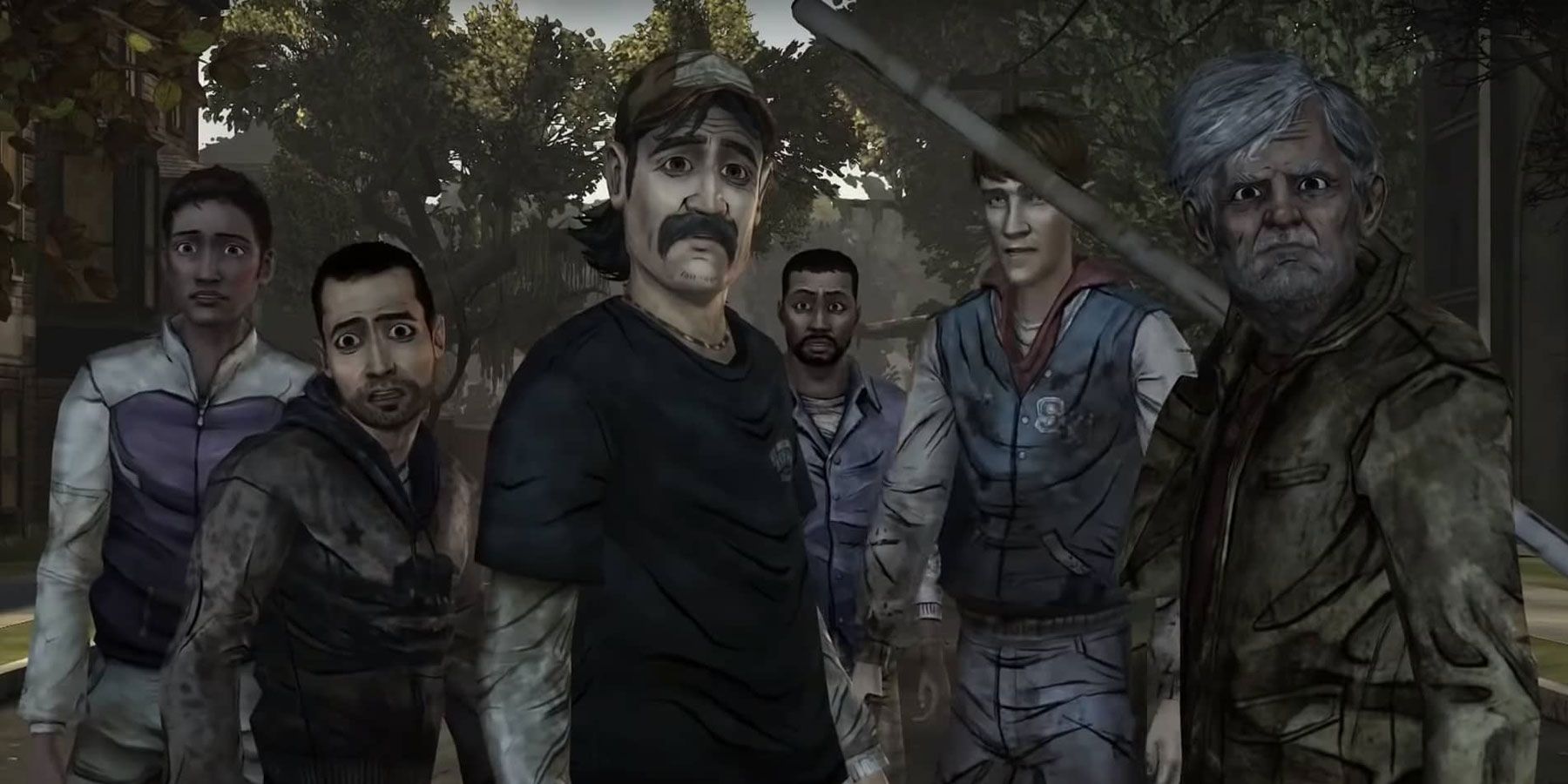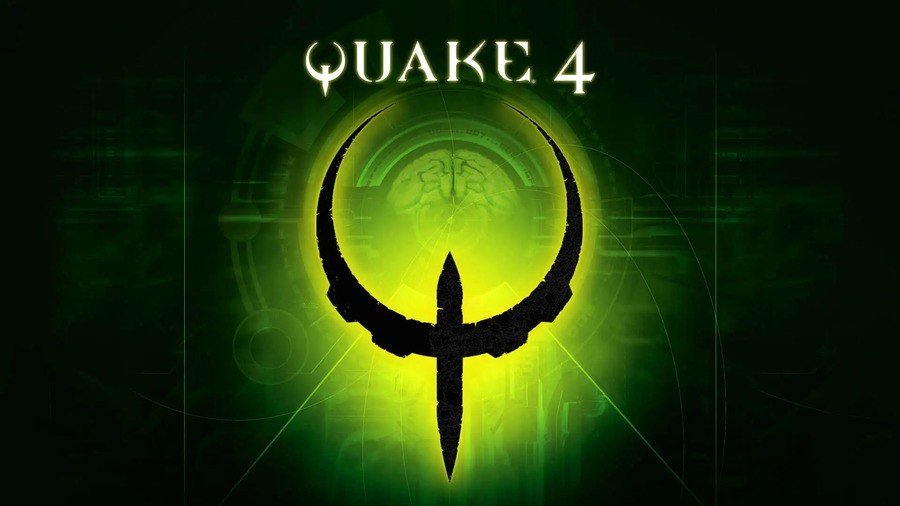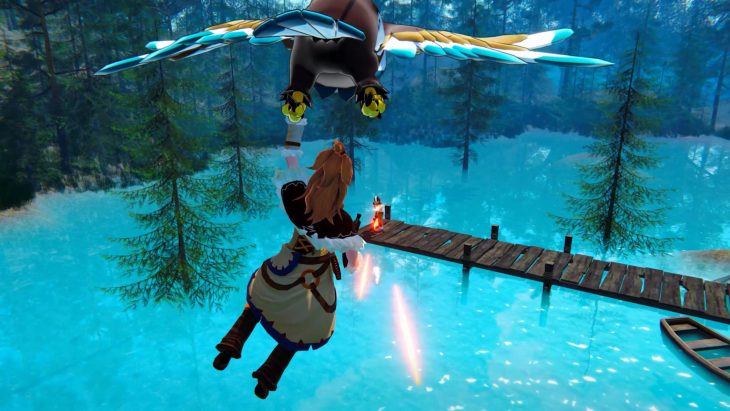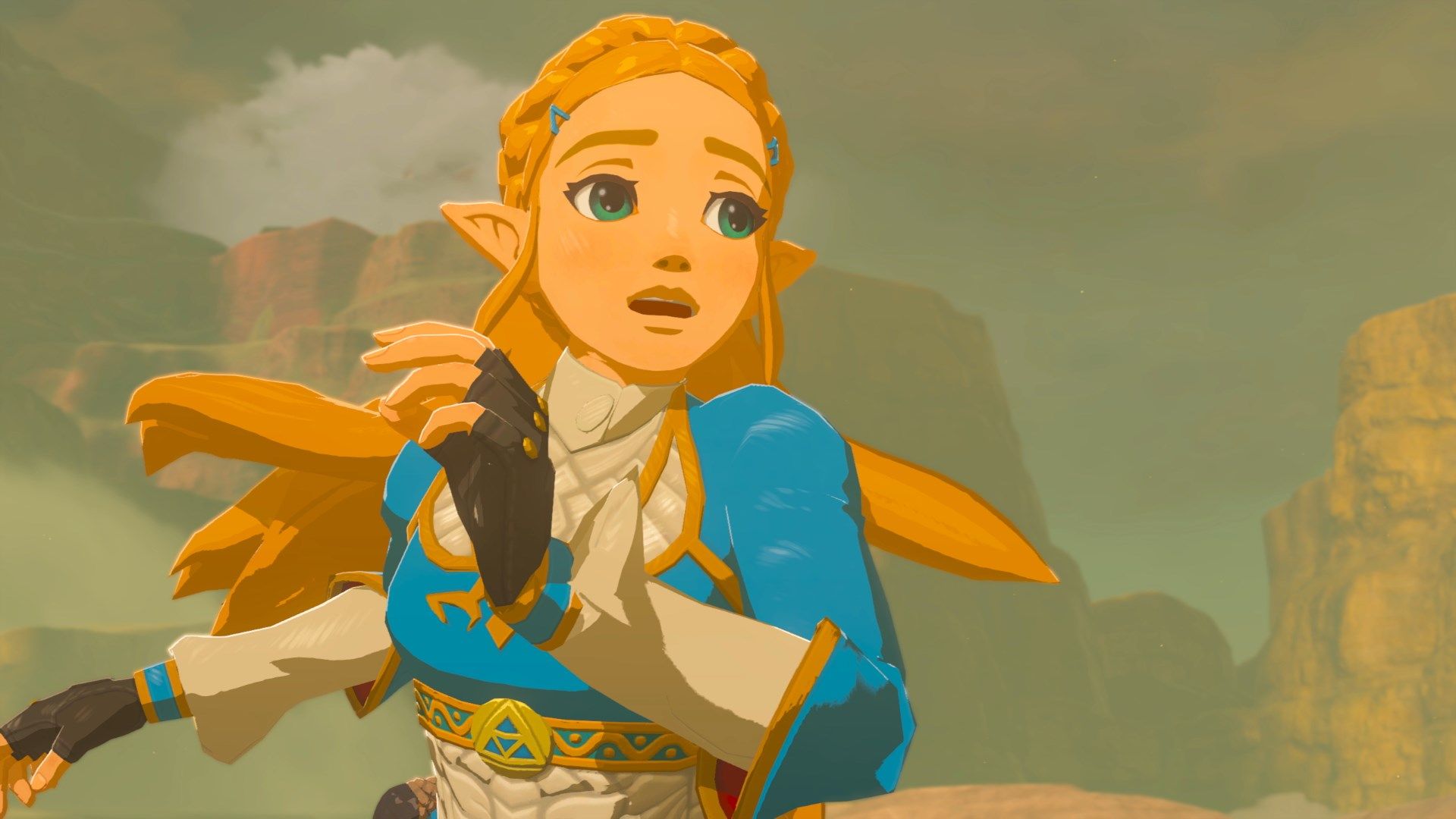
Princess Zelda is sporting a new haircut in Breath of the Wild 2, which seemingly isn’t a subtle hint that she’ll end up as a playable heroine in the upcoming sequel. Instead, it’s a new look for a main character who has saved her kingdom, witnessed the loss of countless loved ones, and managed to survive and continue with a life she’s afraid isn’t deserved.
Hyrule is safe once more, but so much was lost to acquire even a semblance of peace. Now, Zelda must emerge from the ruins of destruction and build something from the wreckage. It’s a heartbreaking conclusion to her destiny, and Zelda is left with so much emotional and physical baggage that it’s easier just to cut it all away – this detachment has been presented in a rather literal sense with her new hairstyle.
Related: Why Cris Tales Is A New Frontier For Colombian Game Development
It’s a symbolic gesture of growth, a sign she is able to move forward with an appearance that abandons the regal pretense of her namesake and the royal family she was born to serve no matter the cost. Zelda has long been bound by the shackles of her own lineage, and it’s something this iteration of the character will not be constrained by. She’s confident, bossy, and compassionate in a way that Zelda has seldom been before, and cutting ties with these other versions of herself through abandoning her golden locks is a fitting end to a character arc filled with misplaced doubt regarding exactly where she belongs in the world.
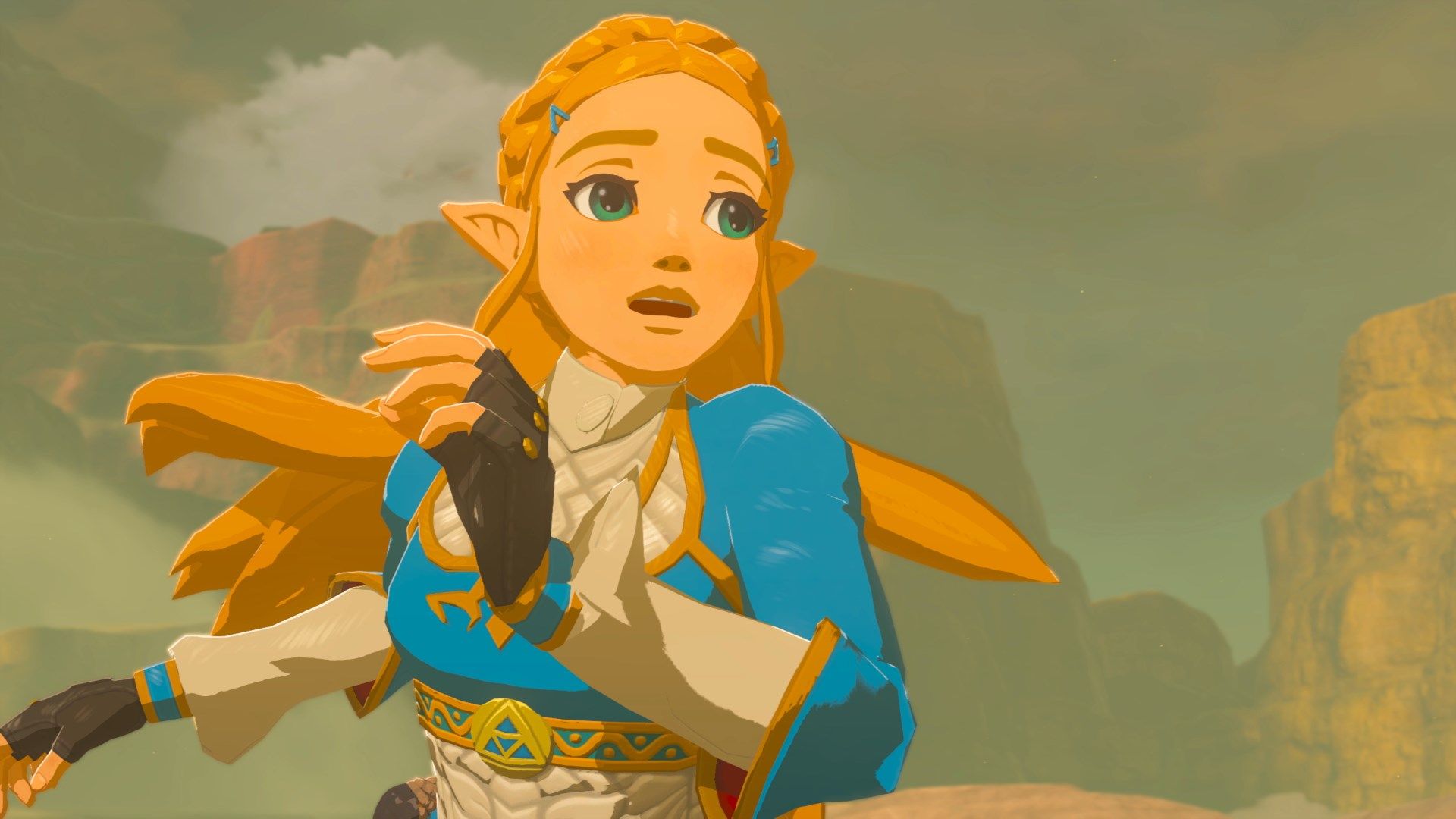
Female characters parting with their hair has been a deliberate sign of growing maturity in media for decades, a changed appearance highlighting that women are willing to leave behind everything in service of something greater. Mulan is the most popular example, with the titular character cutting her gorgeous hair to join the army and assist her ignorant father. It's the opposite of Zelda’s situation – instead of pulling herself away from the royal family, Mulan is doing everything she can to preserve it. But the core motivation remains the same: these are two women who realise a sacrifice must be made, even if it means altering their appearance and walking away from a life of security.
Men are already in positions of power in these scenarios, so women are left to comprehend the opposite gender’s mistakes and find a way forward of their own accord. It’s empowering to an extent, although the fact that women are made to throw away what is seen as conventional beauty purely to grow into something one would define as independent still leaves a bad taste in my mouth. On the flipside, this rejection of traditional femininity is equally as groundbreaking, showcasing that societal norms aren’t something these heroines have to abide by. Other characters are often left shocked and outraged at these changing tides, but that’s the whole point – it’s a statement that’s supposed to inspire.
Final Fantasy 9’s Princess Garnet is the closest comparison to Zelda in the gaming world, largely because their circumstances, personality, and overall drive are so similar. Garnet takes a dagger to her hair at a pivotal point in her character arc. Her kingdom is approaching ruin and her mother is gone, so this moment is a reclamation of agency that has long been kept away from her. Gone is the received pronunciation and royal procedures that have long held her back from living a normal, fulfilling life. Travelling with Zidane and company has taught her the importance of this heritage while simultaneously inspiring her to walk away from it. However, blood remains thicker than water, so returning to the city that helped shape her only to solemnly leave it behind is poetic.
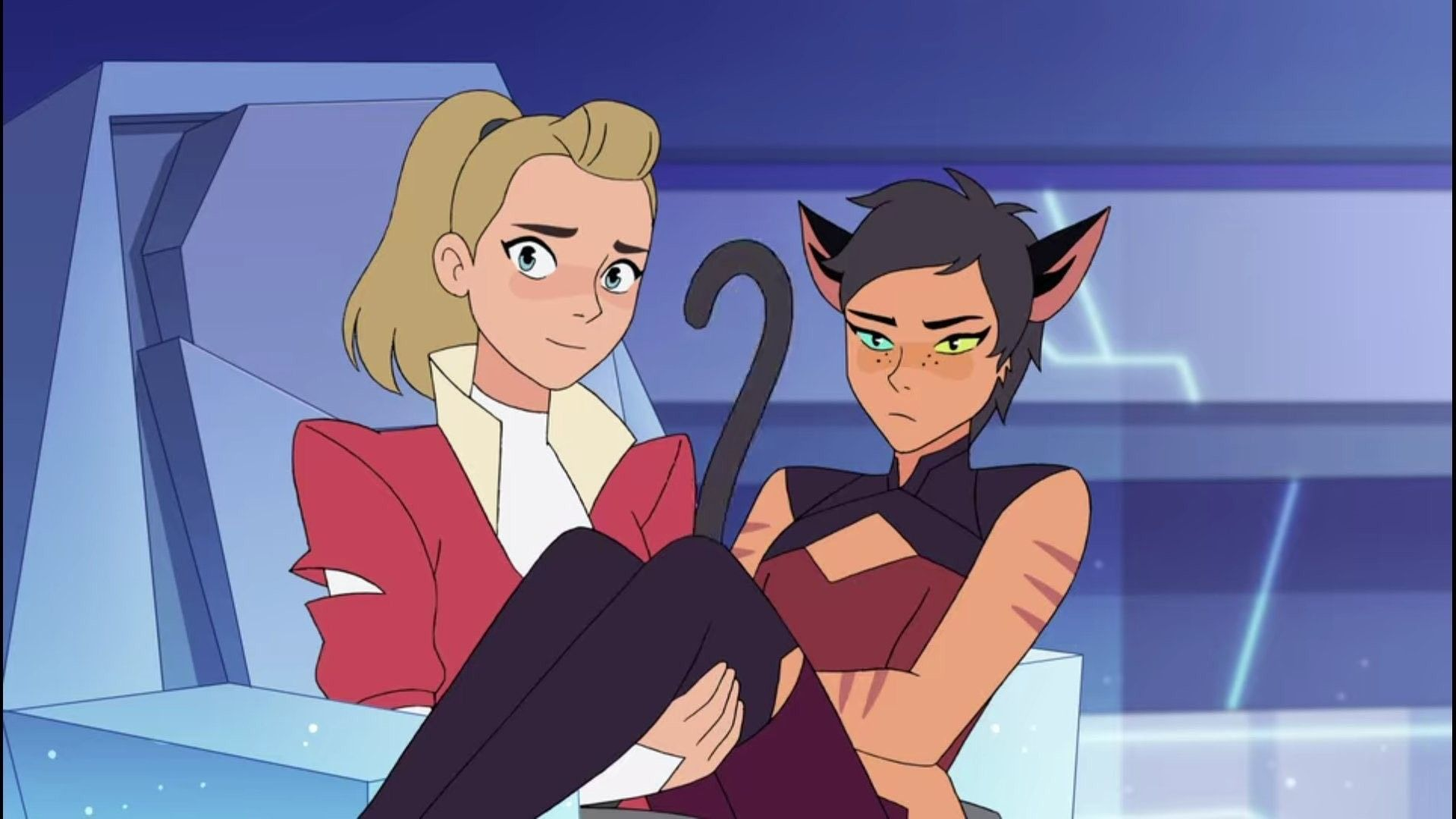
Catra from She-Ra and The Princesses of Power and Amity Blight from The Owl House also change their hairstyles to serve their character development, whether that be accepting their own sexuality and leaving behind oppressive familial structures or welcoming those who once pushed you away and putting aside a toxic life of villainy. Once again, these are all female characters confronting a heteronormative society and fighting back against it, even if said worlds are fantastical in nature and far more eccentric than our own. If done right, characters can still be grounded and relatable, as their struggles become ones we can sympathise with. It’s beautiful, so perhaps there’s a reason this tried-and-true trope has so much staying power in modern media.
Princess Zelda’s new look could be little more than an aesthetic makeover, but that would cheapen what her character is capable of, especially given how much room she’s given to shine in Breath of the Wild. While she’s seldom seen outside of flashbacks and cutscenes, watching her initial reticence to Link’s presence and how it evolves into a willingness to confide in the Hero of Time as a lasting companion is emotional to watch, especially once we become aware of everything Zelda has lost and seeks to regain while keeping Calamity Ganon at bay. She’s the integral fabric of this narrative, while Link is the weaver who joins all of these incoherent threads together.
Her presence in Breath of the Wild 2 doesn’t inspire confidence. In past trailers she explores the underground caverns of Hyrule Castle with Link before coming across the corpse of Ganondorf. It’s cursed or something, so our hero is quickly infected with an ancient curse as Zelda is yeeted into a dark hole of oblivion. I desperately hope she isn’t stuck there for the entire story as a generic damsel in distress, because the first game helped prove that her character is far more than the archetypal mould from which she was born. Nintendo needs to subvert expectations, whether it be through additional playable characters or a narrative that is far from traditional. Pull a Majora’s Mask – we rarely see numbered sequels in the canonical timeline, so it’s time to try something that isn’t afraid to alter the landscape.
No matter what happens, it remains important to consider the symbolism behind Zelda’s appearance, and how her luscious new hairstyle could be a sign of change for her character that allows her to abandon the shackles of royalty and strive for independence beyond grief and trauma. It’s a powerful message of perseverance for a woman who deserves agency, even more so when you consider the classics that inspired her and how female characters in the world of gaming are finally earning a similar level of respect to their male counterparts.
Next: The Struggle Of Playing Final Fantasy 14 With Anxiety
